Apollo Theater
The Apollo Theater, located in the heart of Harlem, is one of the most iconic and historic venues in New York City. Famous for launching the careers of legendary artists like Ella Fitzgerald, James Brown, and Aretha Franklin, the Apollo continues to celebrate diverse musical genres, from jazz and gospel to R&B and hip-hop. Visitors can experience the magic of Amateur Night, explore the theater’s rich cultural history, and enjoy unforgettable live performances. If you’re looking for things to do in New York that showcase the city’s vibrant musical heritage, a trip to the Apollo Theater is an essential experience.
Description
New York City is a place where dreams are born, nurtured, and celebrated, and the Apollo Theater is one of its most cherished landmarks. Nestled in the heart of Harlem, this legendary venue stands as a testament to the power of music, culture, and community. For over 80 years, the Apollo has been a stage for some of the world’s most iconic performers, from the trailblazing jazz artists of the 1930s to today’s hip-hop stars. If you’re looking for things to do in New York that speak to the heart of the city’s rich musical history, a visit to the Apollo Theater should be at the top of your list.
A Journey Through Time
The Apollo Theater is not just a venue; it is a living piece of history. Founded in 1934, it quickly became a cultural hub in Harlem, providing a space where African American artists could showcase their talents. In an era when segregation and racism were prevalent, the Apollo was one of the few places where Black performers could step into the spotlight and receive the recognition they deserved. Legends like Ella Fitzgerald, James Brown, and Aretha Franklin graced its stage, each performance adding to the theater’s incredible legacy.
When you walk into the Apollo today, you’re stepping into a space that holds more than just the echoes of past performances. It’s a place where history comes alive, where the spirit of jazz, soul, and gospel is felt in the very air. For anyone searching for things to do in New York that honor the city’s cultural roots, a visit to the Apollo is essential. Every corner of the theater tells a story, every seat holds a memory of a moment that shaped the world of music and beyond.
The Magic of Amateur Night
One of the most unique and exciting things to do in New York is attending the Apollo’s famous Amateur Night. This event, which has been running since 1934, is a true celebration of talent. Aspiring artists take the stage, hoping to make their mark on a crowd of music lovers, critics, and legends. The Apollo’s audience is known for being brutally honest, a tradition that goes back to the theater’s earliest days. The crowd can cheer you on to greatness—or boo you offstage in an instant. This honest, high-energy experience is something you won’t find anywhere else.
Amateur Night is more than just a competition; it’s a platform for the next generation of stars. Many of the world’s biggest artists—such as Michael Jackson, Lauryn Hill, and Stevie Wonder—got their start by performing at this very event. The energy in the room is electric, as the audience members play a crucial role in shaping the night’s outcome. If you’re looking for an unforgettable experience while in New York, attending an Amateur Night is a must. It’s a chance to see raw talent and experience the excitement of live performance in one of the most famous venues in the world.
History and Impact on Music
The Apollo Theater is not just a venue where great performances happen—it’s a cultural institution that has shaped the course of music history. In the 1940s and 1950s, the Apollo became a key player in the rise of rhythm and blues, gospel, and soul music. Artists like Ray Charles, Sam Cooke, and Billie Holiday performed at the Apollo, each contributing to the evolution of these genres.
What makes the Apollo truly unique is its ability to bridge gaps in music and culture. It was here that gospel music met pop, jazz met R&B, and soul met rock. The theater didn’t just cater to one genre; it celebrated all forms of music, especially those created by Black artists, giving them a platform that was often denied in mainstream venues.
The Apollo’s influence extended beyond music. The theater played a significant role in the Harlem Renaissance, helping to redefine African American culture during the early 20th century. The Apollo wasn’t just about entertainment—it was a symbol of empowerment, a place where Black artists could showcase their talents and be seen by the world. If you’re in New York and interested in understanding the deep cultural roots that shaped modern music, a trip to the Apollo Theater is a step toward discovering the power of artistic expression.
The Theater’s Architectural Beauty
While the Apollo’s history and performances are undoubtedly its most famous aspects, the theater’s architecture is also something to behold. Designed in the Art Deco style, the Apollo is a visually striking building with intricate detailing and bold, geometric designs. As you approach the theater, the iconic marquee, with its dazzling lights and bold sign, instantly draws you in. It’s a symbol of the Apollo’s legacy, a beacon of entertainment that has lit up the streets of Harlem for decades.
Inside, the Apollo is just as impressive. The theater’s main auditorium is elegant and intimate, with rich red velvet curtains and plush seating. The acoustics are superb, making it the perfect venue for live music. When the lights go down and the music starts, you’re not just watching a performance—you’re experiencing the space that has seen some of the most legendary moments in music history. The Apollo’s atmosphere is alive with history, making it a powerful and emotional place to visit, whether you’re seeing a show or simply taking in the surroundings.
A Cultural Celebration
For those interested in learning about Harlem’s rich cultural heritage, the Apollo Theater is the perfect place to start. The theater offers tours that give visitors a deeper understanding of its historical significance. On these tours, you’ll learn about the artists who have graced the stage, the impact the Apollo has had on the music industry, and how the theater became an integral part of Harlem’s identity.
Visitors can also explore exhibits that showcase the Apollo’s history through photos, videos, and memorabilia. These exhibits offer an emotional journey through the theater’s past, celebrating the artists, moments, and movements that have helped shape the Apollo into the institution it is today.
An Iconic Venue for the Future
While the Apollo Theater’s legacy is steeped in history, it continues to be a thriving hub for music and performance today. The theater hosts a wide variety of events throughout the year, from concerts and dance performances to spoken word and comedy shows. The Apollo remains committed to showcasing emerging talent and offering a platform for underrepresented voices in the arts. It is a place where new artists can find their footing, just as many legends did before them.
If you’re looking for things to do in New York that combine the excitement of live entertainment with the richness of cultural history, the Apollo Theater offers an experience like no other. Its ongoing commitment to artistic excellence ensures that it will continue to be a vibrant part of New York’s cultural landscape for years to come.
Conclusion
The Apollo Theater is much more than just a place to see a show—it’s a living, breathing testament to the power of music, art, and community. Whether you’re attending a heart-pounding Amateur Night or simply soaking in the atmosphere of this historic venue, the Apollo offers an unforgettable experience. For those searching for things to do in New York that delve into the soul of the city’s musical and cultural heritage, a visit to the Apollo is an absolute must. It’s a place where the past and future collide, where history is made every night, and where the music never stops.

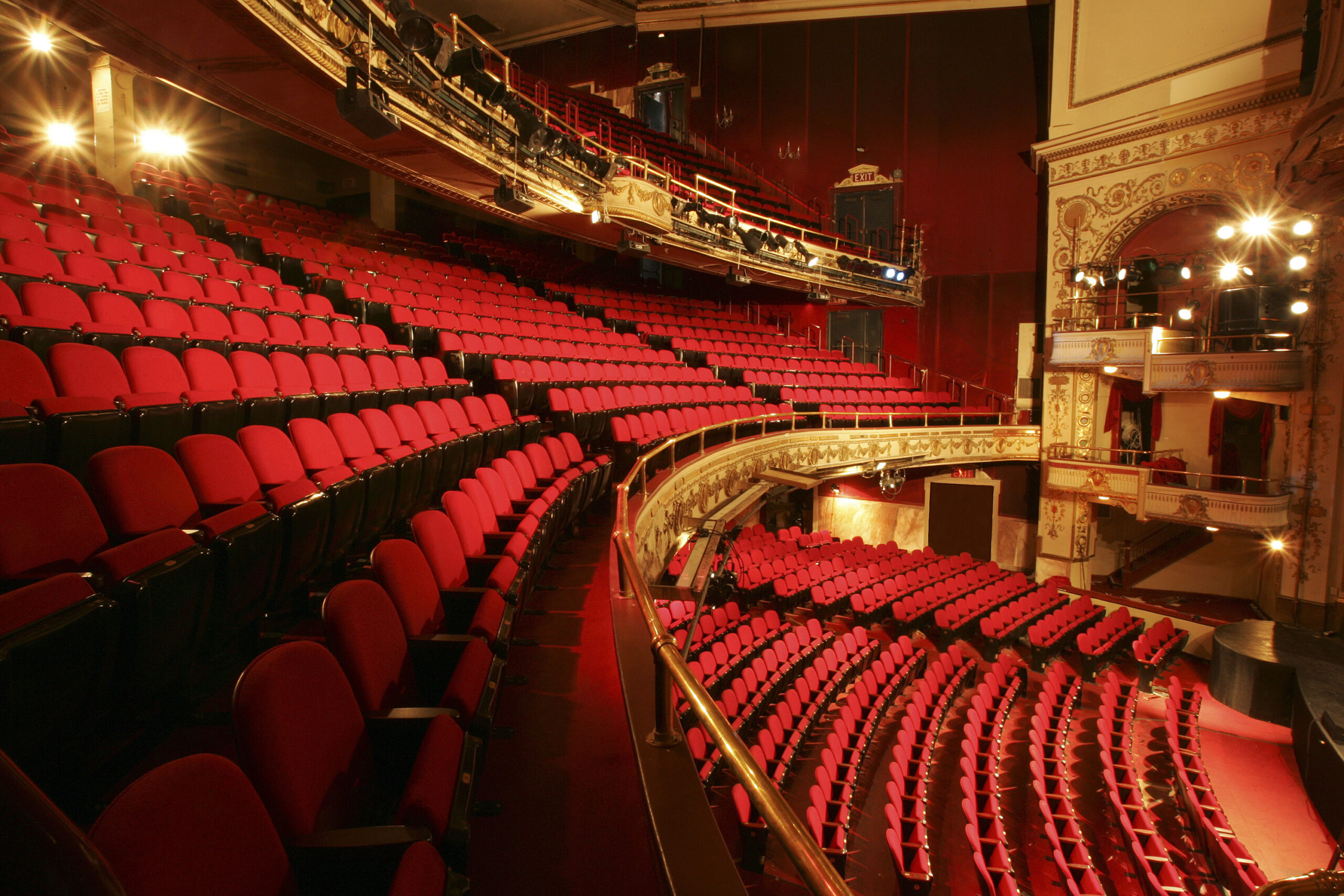
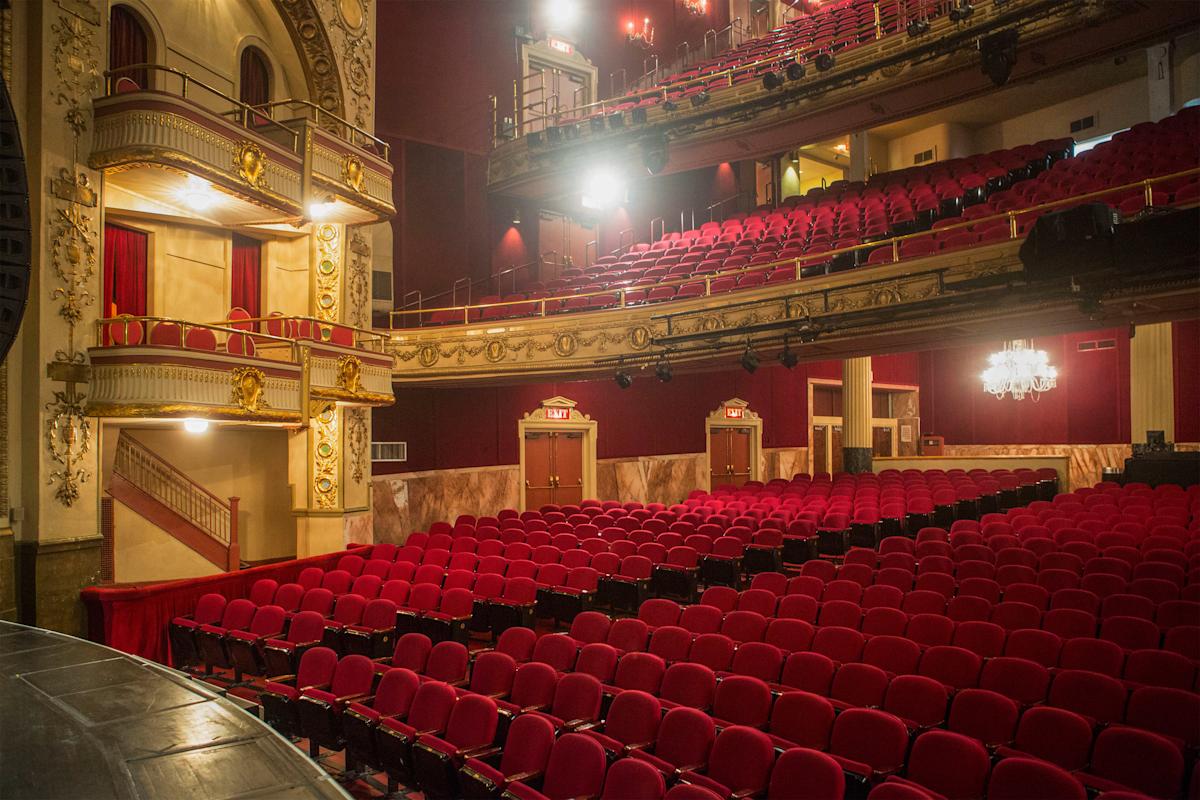
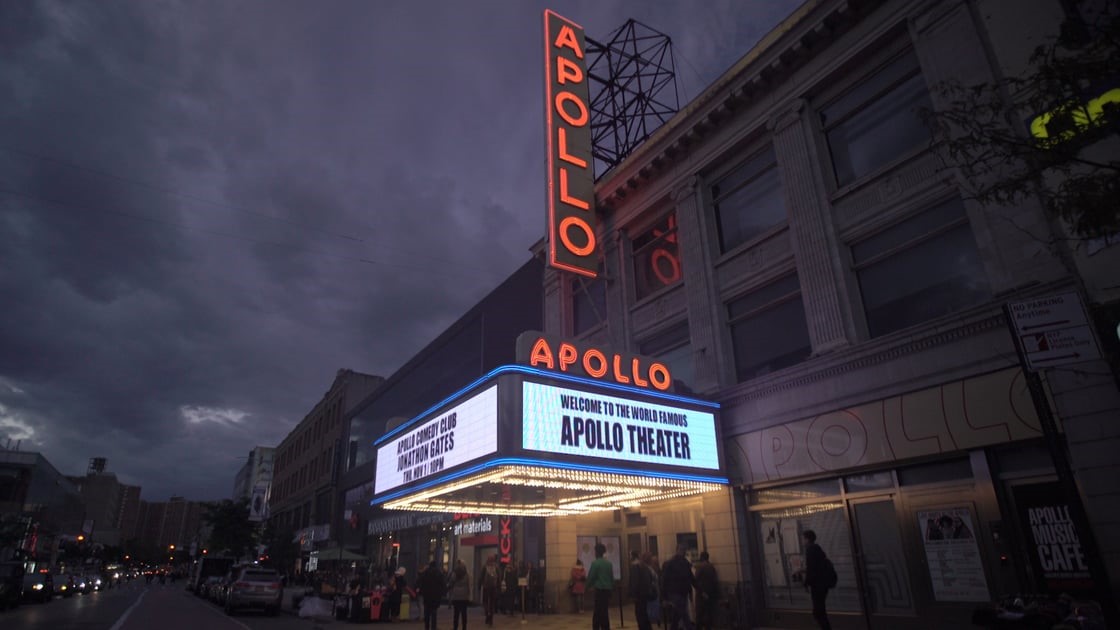
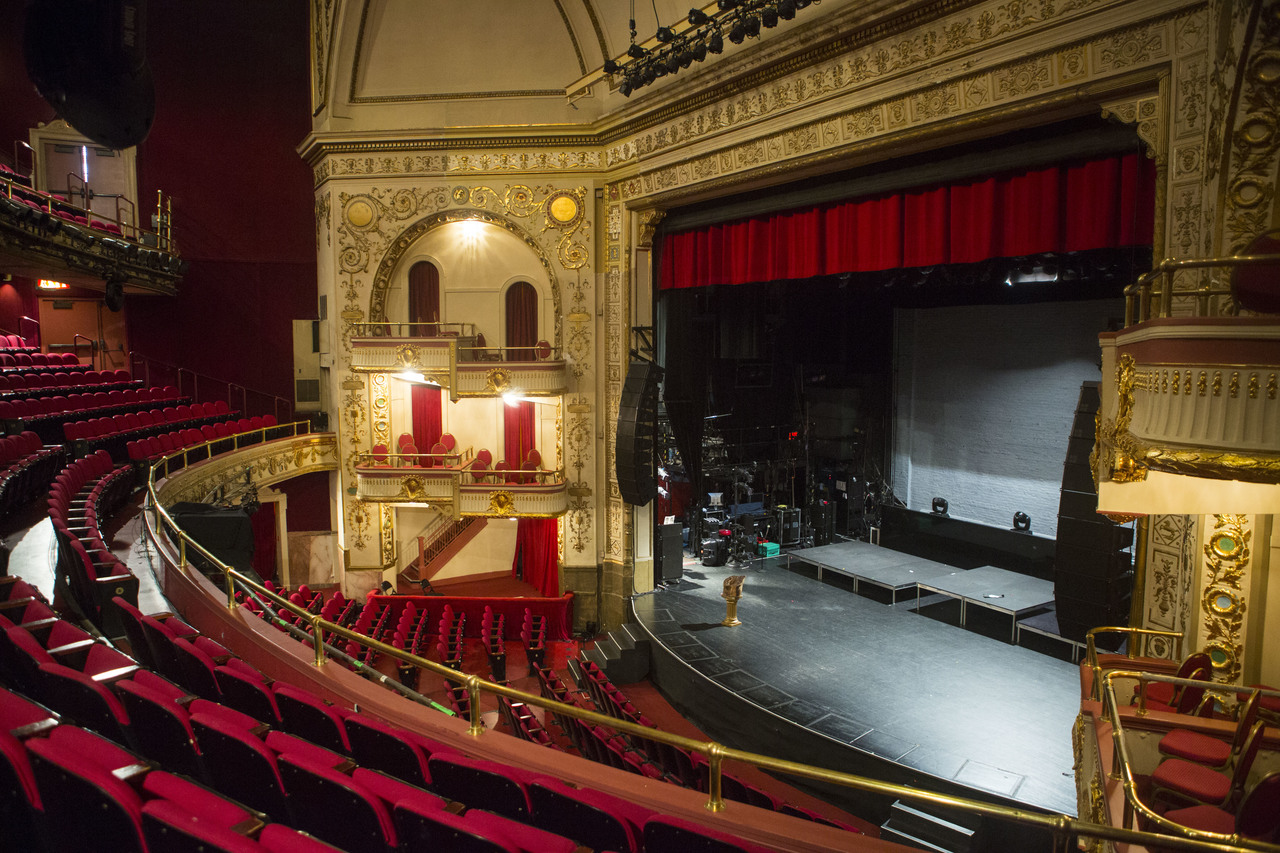
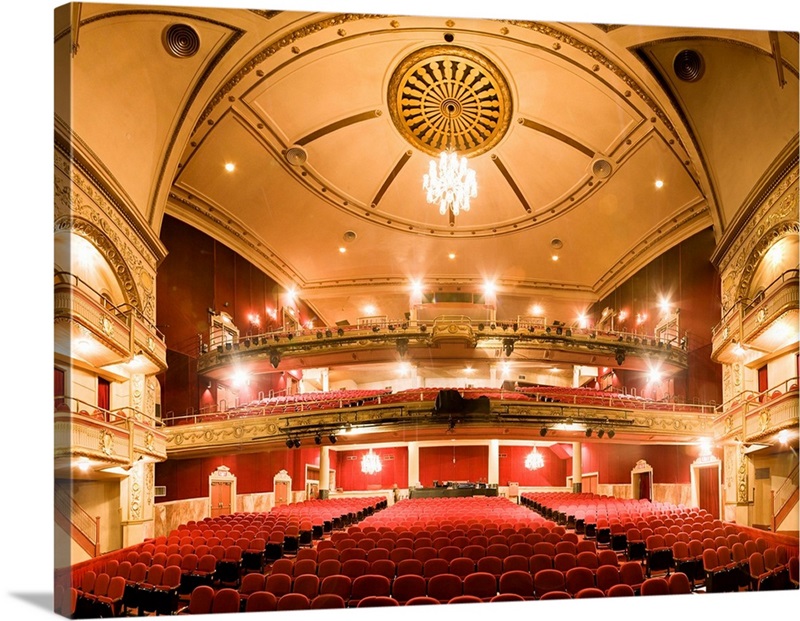
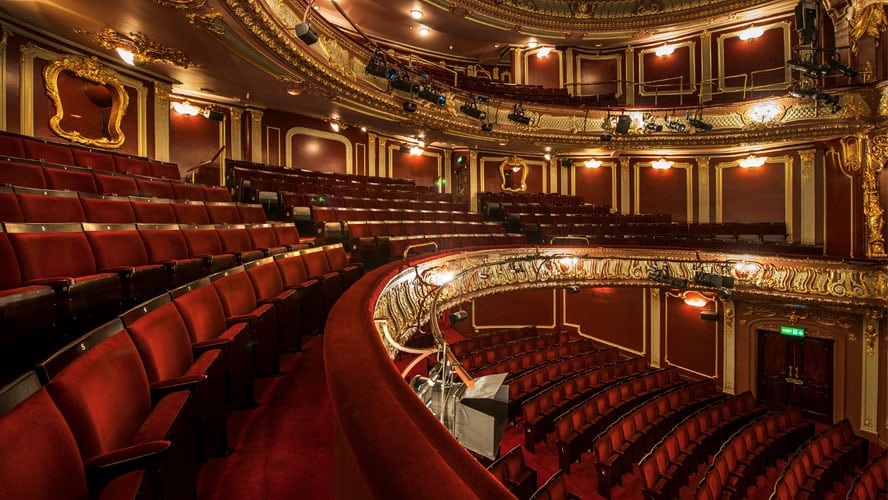
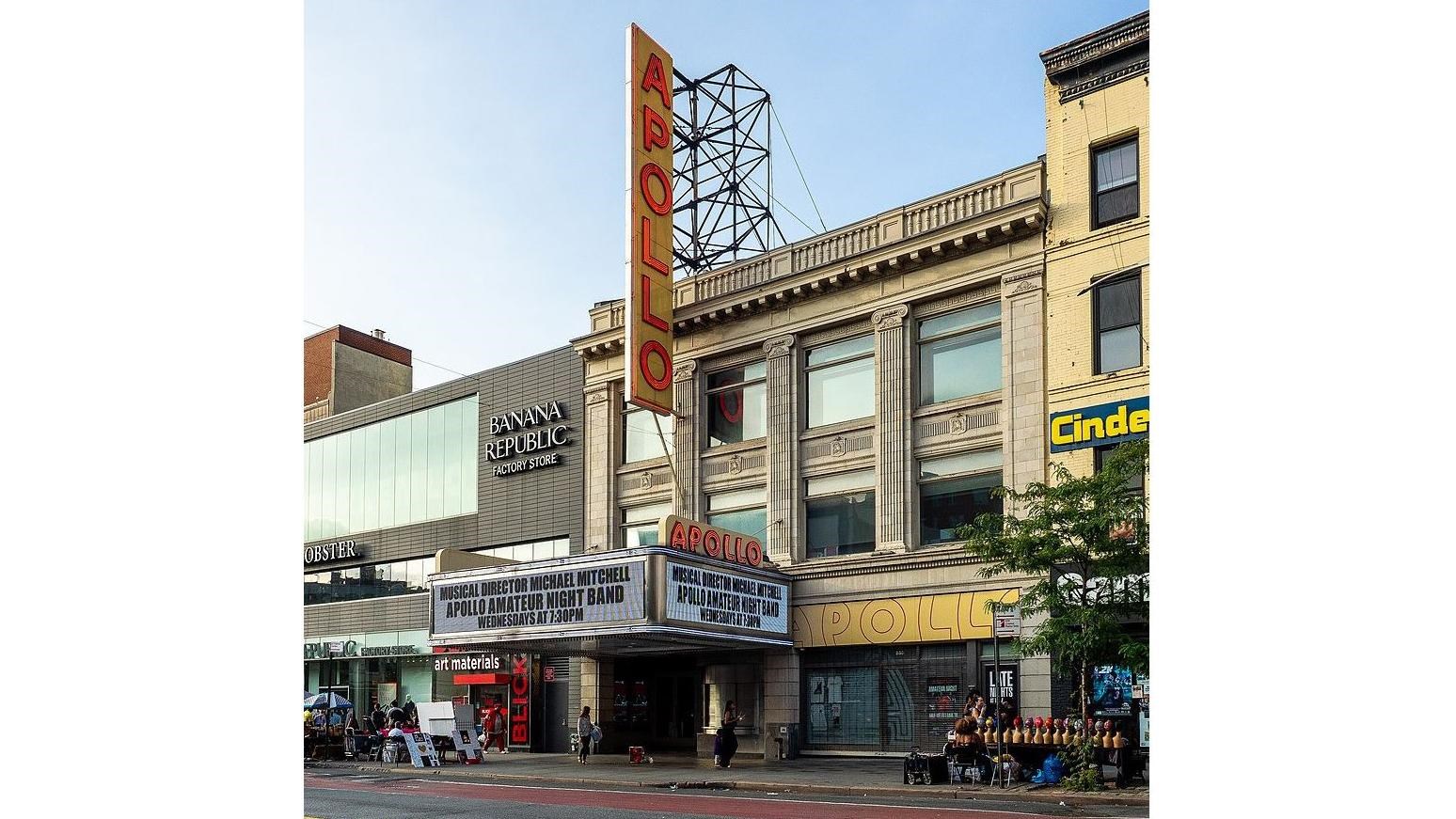
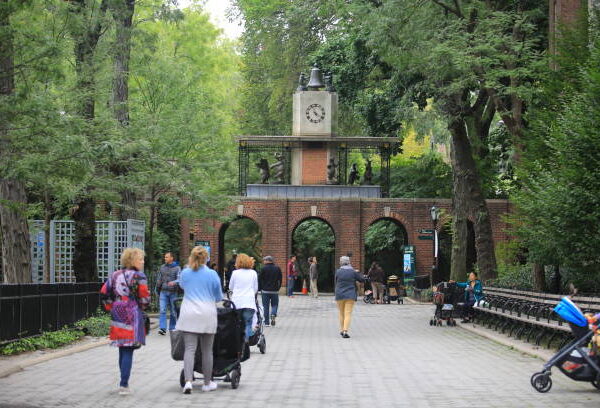
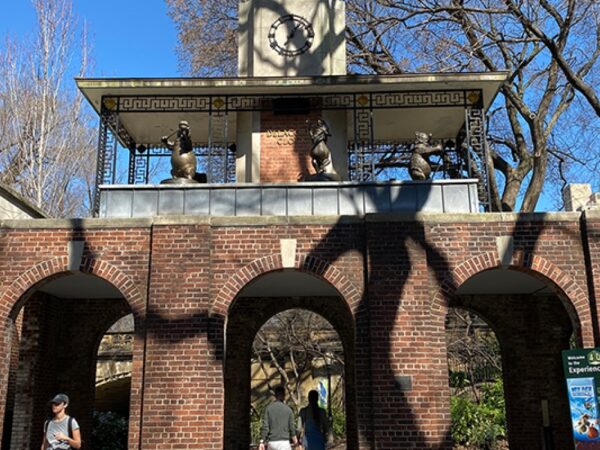
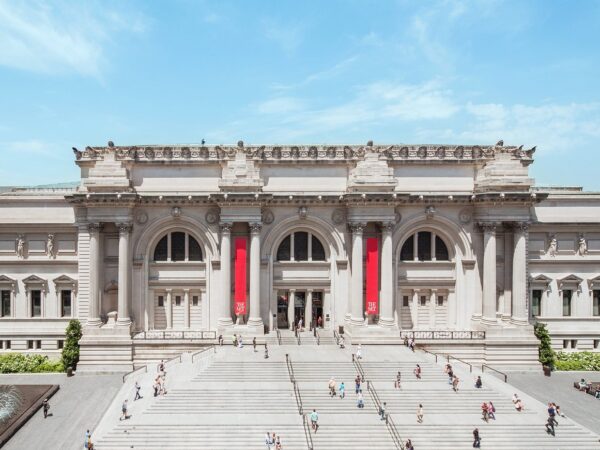
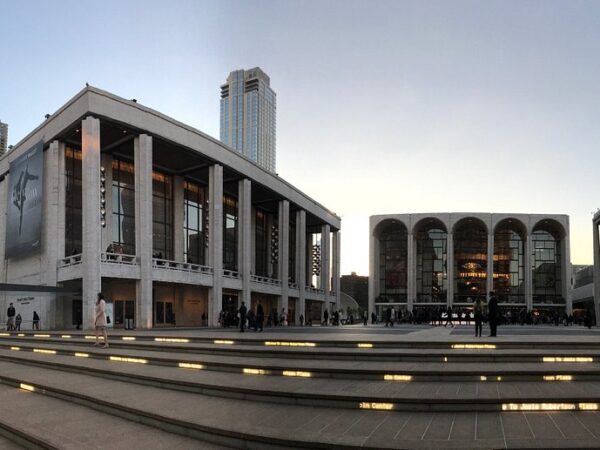
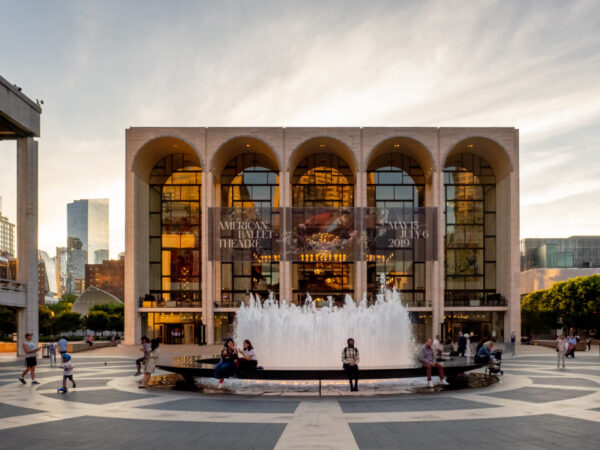
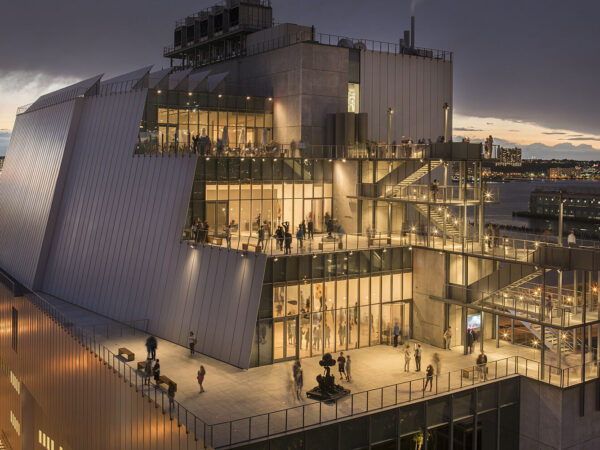
Reviews
There are no reviews yet.